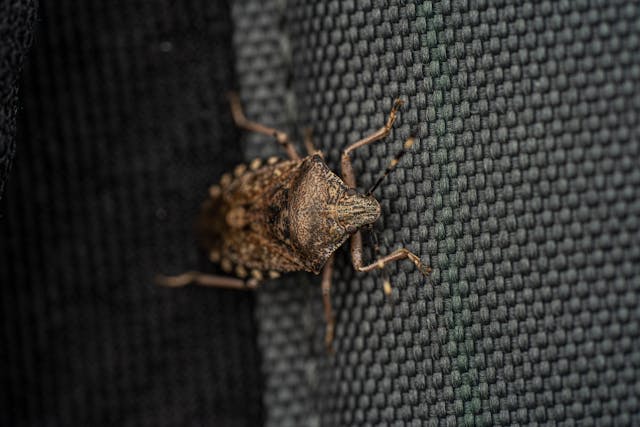When people think of pest control, they usually picture perimeter sprays, kitchen crack sealers, or maybe a bug zapper on the porch. But here’s the problem: ticks aren’t waiting at your doorstep—they’re already in your grass. And if your lawn isn’t part of your pest control plan, you’re missing the very spot where many tick encounters begin. Tick-safe lawns aren’t just about comfort. They’re about safety. Because these tiny bloodsuckers aren’t just annoying—they carry Lyme disease, Rocky Mountain spotted fever, and other nasty illnesses you don’t want anywhere near your family, pets, or guests.
Your Lawn Is Prime Real Estate for Ticks
Ticks love shady, moist areas—think tall grass, overgrown edges, untrimmed bushes, and leaf litter. If your lawn backs up to woods or has neglected corners, it’s basically a tick resort. Even well-maintained lawns aren’t immune. The edge between the manicured grass and wild overgrowth is the danger zone. That’s where ticks wait to hitch a ride—and they’re not picky. Human, dog, cat, it doesn’t matter. Once they’ve made it into the house, your interior pest control has to work double just to keep up.
Pets and Kids Are on the Front Lines
If you’ve got pets or young kids, you already know your lawn gets more foot traffic than your driveway. Dogs love to romp through the tall grass. Kids roll around, lay in it, crawl, dig, and tumble. And guess who’s waiting in that grass blade jungle? Ticks. Unlike mosquitoes, ticks don’t fly or buzz. You won’t see them coming. They cling, climb, and dig in unnoticed. One lawn session without protection, and your dog could bring home a hitchhiker that ends up embedded behind your child’s ear by bedtime.
Tick Treatments Are Not One-Size-Fits-All
Standard perimeter sprays may slow down crawling insects, but they’re not built for deep turf tick control. Tick-safe lawn programs are different. They target both adult ticks and their immature nymphs. The treatments get into leaf piles, mulch beds, fence lines, and playset areas—everywhere ticks love to hide. Plus, tick-focused products are often designed to be safe for pets and people once dry, meaning you can treat aggressively without sidelining your backyard for a week.

The Problem Isn’t Just Summer
Most people assume ticks vanish in winter. Not true. Depending on your region, ticks can remain active into late fall and reemerge in early spring—especially if your yard stays mild and moist. And spring is when nymph-stage ticks are most active—and most likely to transmit disease. That’s why pest control can’t be a “set it and forget it” job. If your lawn’s on autopilot, you’re giving ticks a free season to nest and spread.
Integrated Pest Control Starts at the Grassroots
Want to really keep ticks away? Combine indoor and outdoor protection. That means: Regular tick-focused lawn treatments. Keeping grass cut and brush cleared. Creating mulch or stone barriers between wild zones and your lawn. Treating pets with vet-approved preventives. And using repellents before backyard play. Together, these strategies create layers of defense—so even if a tick makes it into the yard, it doesn’t make it into your living room.
Final Word: Don’t Treat Half the Problem
Pest control isn’t just about walls and baseboards. It’s about everything that leads up to your doorstep. Your lawn is part of the story. And if you ignore it, ticks will keep writing their own chapter—one bite at a time. If you’re already investing in home pest control, don’t stop at the house. Extend that line of defense all the way to the edge of your property—and turn your yard into the tick-free zone it should be.
